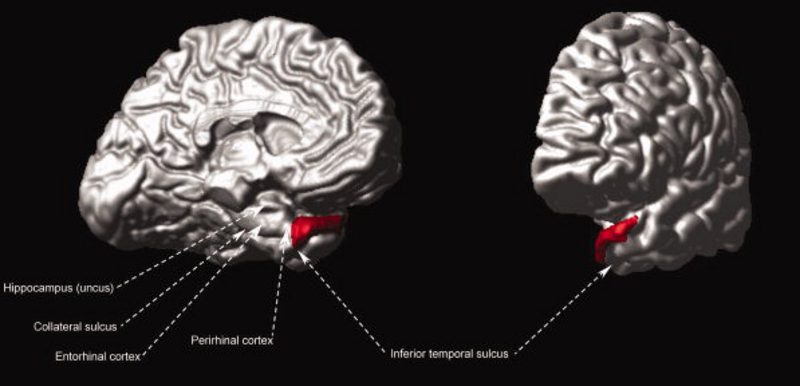Abstract
Our purpose was to quantify structural changes of the temporopolar cortex (TPC) and its white matter (TPWM) in temporal lobe epilepsy (TLE) using MRI volumetry and texture analysis. We studied 23 patients with hippocampal atrophy, and 20 healthy controls. Gradient magnitude and entropy were calculated to model signal intensity blurring on T1-MRI. Two observers assessed signal changes and atrophy visually. Compared to controls, TLE patients had a decrease in TPC and TPWM volume ipsilateral to the seizure focus. The gradient magnitude and entropy were decreased ipsilateral to the focus only in TPWM, indicating blurring of this compartment. Eighty-seven percent of TLE patients had at least one volumetric or textural abnormality. Although sensitivity of visual and quantitative assessment of TPC atrophy was comparable (43 and 39%), specificity was higher for volumetry (54% vs. 95%). Compared to visual analysis of signal changes in TPWM on T1-MRI, texture metrics had higher sensitivity (65% vs. 17%) and specificity (100% vs. 69%). The proportion of patients with blurring of TPWM as determined by texture analysis was higher than that seen on visual inspection of T2 images (78% vs. 43%). We found no clear association between volumetric or textural changes of TPC and TPWM and outcome after surgery. Structural changes of the anatomically distinct TPC and TPWM are found ipsilateral to the seizure focus in the majority of TLE patients with hippocampal sclerosis. MRI post-processing allows dissociating different pathological tissue characteristics and shows that atrophy involves gray and white matter, whereas blurring is confined to white matter.

